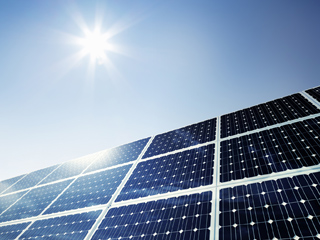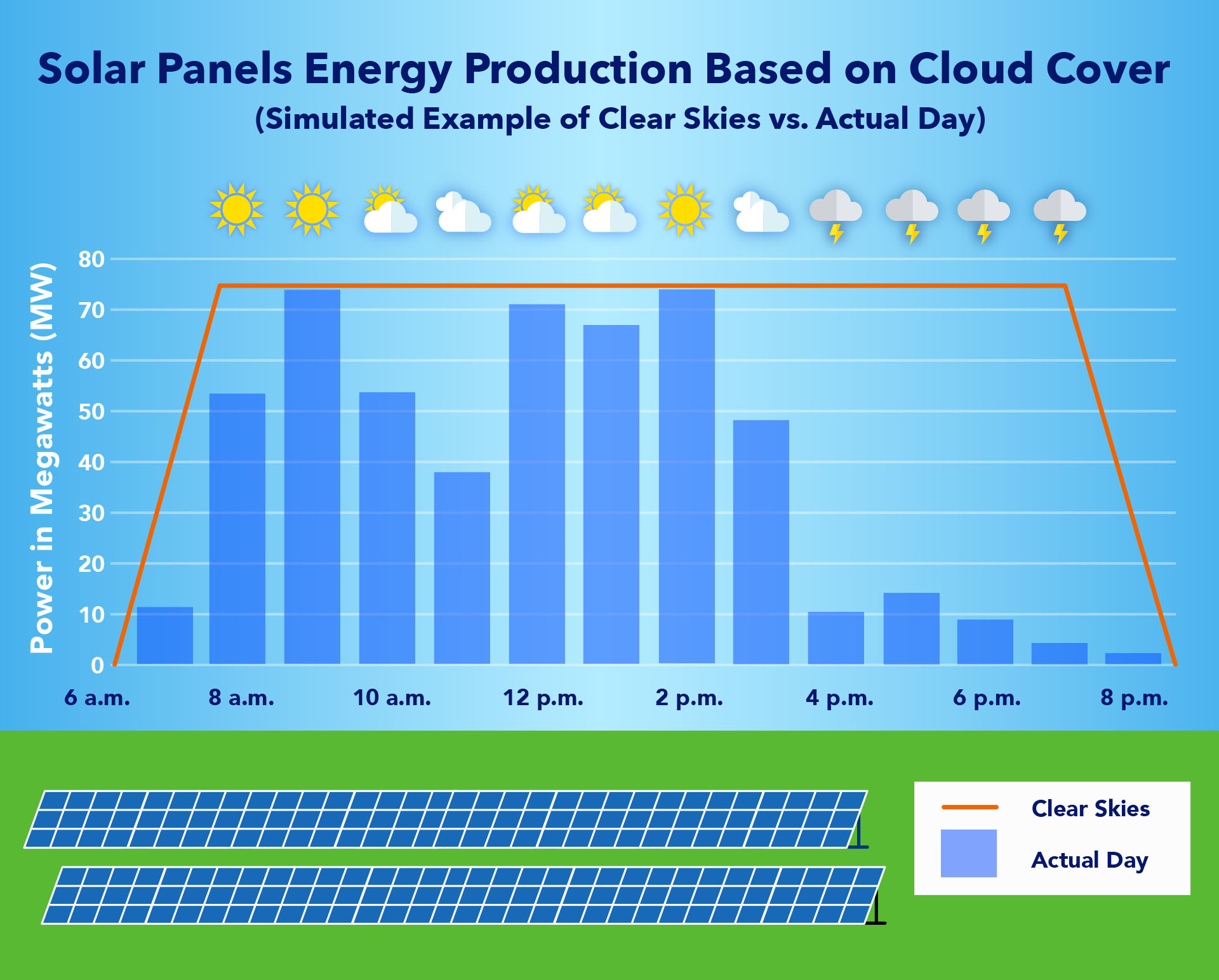 Utility-Scale Solar
Utility-Scale Solar
Behind the Scenes Look
In 2023, OUC will have another large-scale solar farm to power 50,000 residential homes. But, getting that solar energy to your home is more complicated than you think because solar arrays do not produce as much energy when clouds appear. And, that happens a lot! Even though Florida is the Sunshine State, we still average 277 partly cloudy days a year in Central Florida.
In a matter of minutes, a simple cloud can cause solar production to plummet as much as 70%. With a commitment to customers to provide reliable and resilient electricity, other means of generation are needed to cover the loss of energy production and provide a seamless, reliable experience for customers.
Future distributed energy sources will require the utility’s power generation to be far more nimble. With the influx of large-scale solar sites in 2020, and many more on the horizon, OUC will no longer solely rely on central generating stations. Rather, numerous large-scale solar farms, as well as smaller rooftop arrays, distributed across the region will become the norm. Battery storage is one solution, but it’s still very expensive. The other solution is backup “peaking” generators, which can quickly turn on and off to provide a backup for cloud coverage so our customers never know and that light switch always comes on.
Below is an example of fluctuations throughout the day of energy production on a solar array:

How Does Solar Power Work?
This video explains how OUC generates power from the sun.
How Does Electricity Get to My Home?
This video explains the journey of electricity from OUC to your home.
Additional Resources